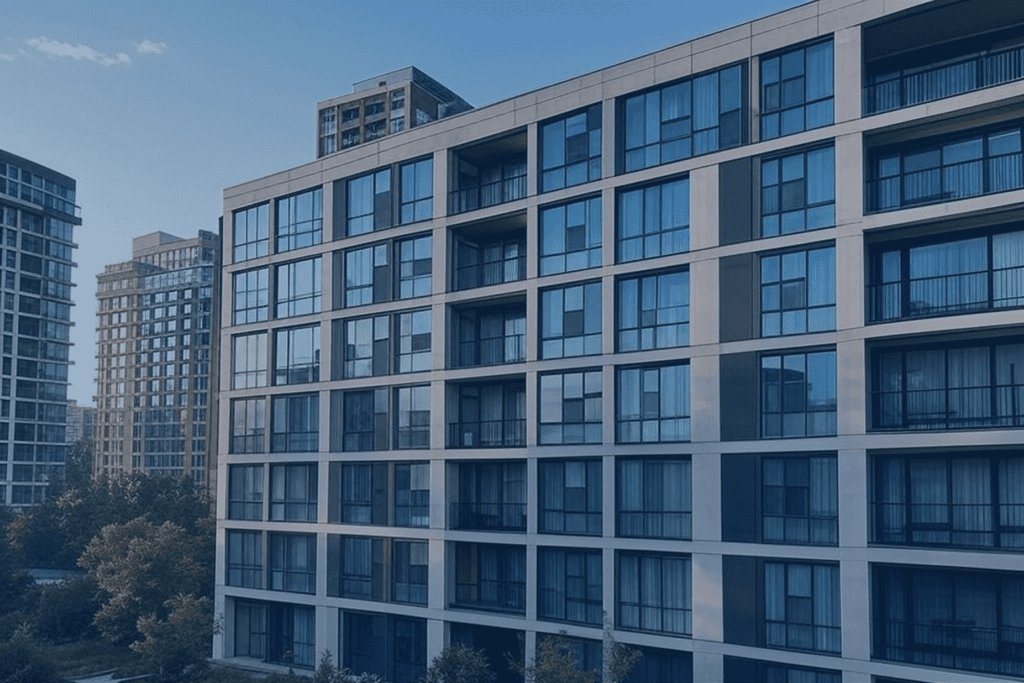In the bustling urban landscapes of cities worldwide, traffic congestion is making a roaring comeback.
According to the recently released INRIX 2023 Global Traffic Scorecard, the typical U.S. driver lost 42 hours to traffic last year – that’s an entire work week spent bumper to bumper!
The resurgence in congestion is not just a nuisance; it’s a significant economic drain, costing the U.S. $70.4 billion in lost time.
Table of Contents
ToggleThe Impact of Hybrid Work on Traffic Patterns
The shift to hybrid work models has dramatically altered traditional commuting patterns.
Remember the old 9-to-5 grind with its predictable rush hours?
Those days are fading. Now, cities are seeing a more even spread of traffic throughout the day.
Bob Pishue, Transportation Analyst @ INRIX“Instead of a morning peak, then a midday peak, and an afternoon peak, the congestion is much more gradually building throughout the day. That’s huge because it has planning implications.”
The Cost of Congestion
The economic implications of these traffic delays are staggering. In New York City, the most congested urban area in the U.S., drivers lost 101 hours to traffic jams in 2023. This equates to $1,762 in lost time per driver and a whopping $9.1 billion hit to the city’s economy. New York, often seen as a barometer for urban trends, highlights the broader issue: more congestion means more emissions, reduced air quality, and significant productivity losses.
The Midday Commute
One of the most intriguing findings from the INRIX report is the rise of the midday peak. Since 2019, there’s been a 23% increase in trips during this period, reflecting a new “10-to-4” work culture.
This shift is not just a U.S. phenomenon; cities globally are experiencing similar trends as the work-from-home movement reshapes daily routines.
The Rise of Micromobility
As traditional commuting habits shift, there’s a notable uptick in alternative transportation methods. Micromobility options like e-scooters and bikes are becoming increasingly popular.
In cities tracked by RideReport, micromobility use rose by 8.3% in 2023 alone. These eco-friendly options are helping to alleviate some congestion while promoting a healthier, more sustainable mode of transport.
Public Transport A Slow Recovery
Public transport systems, though on the mend, are still struggling to reach pre-pandemic ridership levels. In the U.S., transit ridership is down 28% from 2019, despite a 15% increase over the past year.
This lag suggests that many commuters are still hesitant to return to crowded buses and trains, opting instead for personal vehicles or flexible working hours.
Major Cities Hit Hard
The INRIX Scorecard paints a vivid picture of the cities most affected by traffic congestion:
- New York City: Tops the U.S. list with drivers losing 101 hours in traffic in 2023.
- Chicago: Follows closely with drivers losing 96 hours, costing the city $6.1 billion.
- Los Angeles, Boston, and Miami: Also feature prominently, reflecting widespread urban congestion issues.
Planning for a Congested Future
So, what can be done to manage this congestion crisis?
Urban planners and policymakers need to rethink their strategies. Adjusting traffic signal timings, expanding public transportation options, and promoting micromobility are just a few steps that could help.
Importantly, leveraging data to inform these decisions will be crucial. Real-time analytics can guide policy adjustments, helping cities & organizations to manage congestion more effectively.
The INRIX 2023 Global Traffic Scorecard underscores the complex, evolving nature of urban commuting. As hybrid work blurs traditional rush hours, and as cities grapple with returning to pre-pandemic norms, innovative solutions and forward-thinking policies are essential.
At Wayleadr, we’re dedicated to helping businesses and cities navigate these challenges, creating smarter, more efficient transport systems for everyone. Stay tuned for more insights and updates on urban mobility trends.
References:












